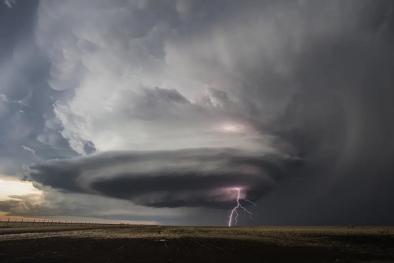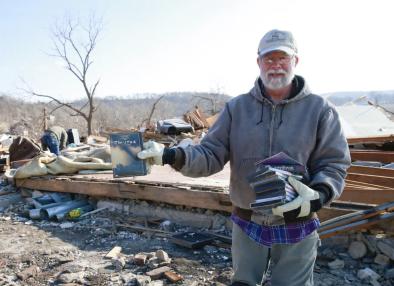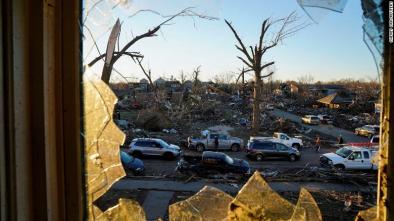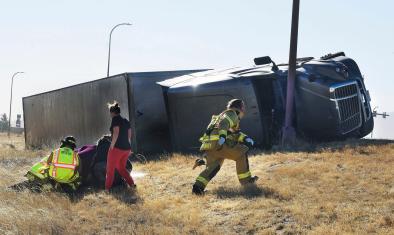Unusual Dallas Tornado Signals New Resiliency Challenge
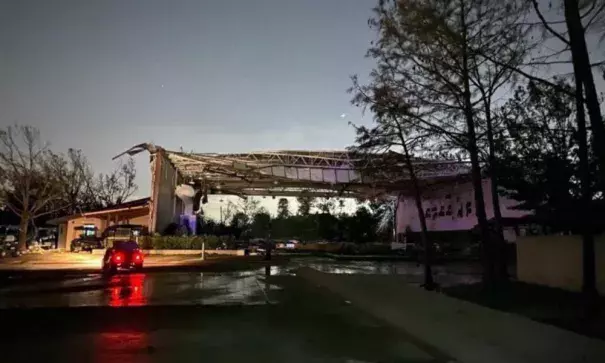
Severe storms and a tornado tore through the Dallas area on Sunday night, destroying local businesses and cutting power to around 65,000 people. The tornado was unusual for October, but it could be a sign of a new resiliency challenge for environment, health, and safety (EHS) leaders.
...
Tornado scientist Harold Brooks of the National Severe Storms Laboratory said that tornadoes are not common in October — and that cities rarely get hit because they don’t have a big footprint in the tornado belt, according to the Associated Press. Unusual could become the norm for EHS management, though.
In May, Washington Post journalists Joel Achenbach and Jason Samenow reported that extreme weather had made “half of America look like Tornado Alley.”
Jennifer Francis, a senior scientist at the Woods Hole Research Center, said she believes that there’s a climate change signal in the tornadoes occurring.
“The jet stream is the thing that creates and steers individual storms and also sets up large-scale patterns,” she said in the spring, according to the Post. “What we’re seeing now that’s so unusual is that the large-scale pattern, all the way from the middle of the Pacific Ocean to the Atlantic is stuck.”
Earlier this year, the Week also reported on whether climate change could be a factor. “Tornadoes tend to form under very specific atmospheric conditions — wind shear, or differences in wind speeds and direction; atmospheric instability; and moisture all fuel storms — and there are reasons to believe climate change is making those conditions more likely,” Kate Wheeling wrote.
Related Content
